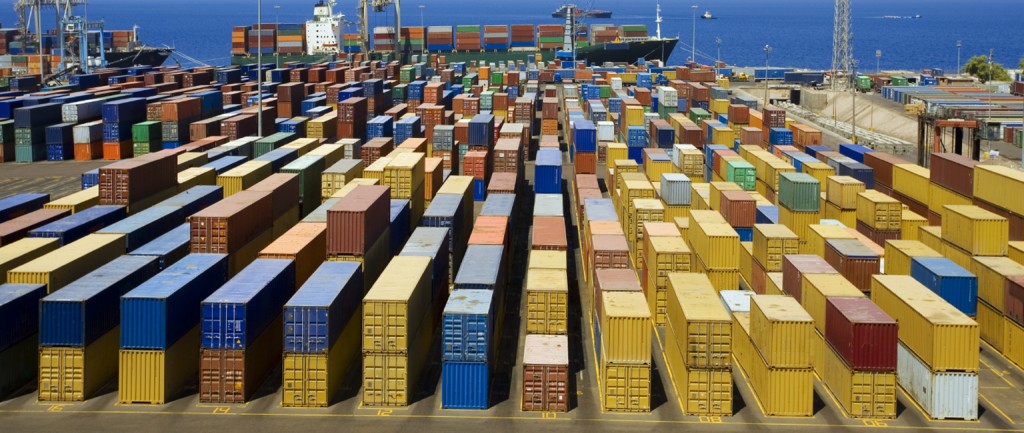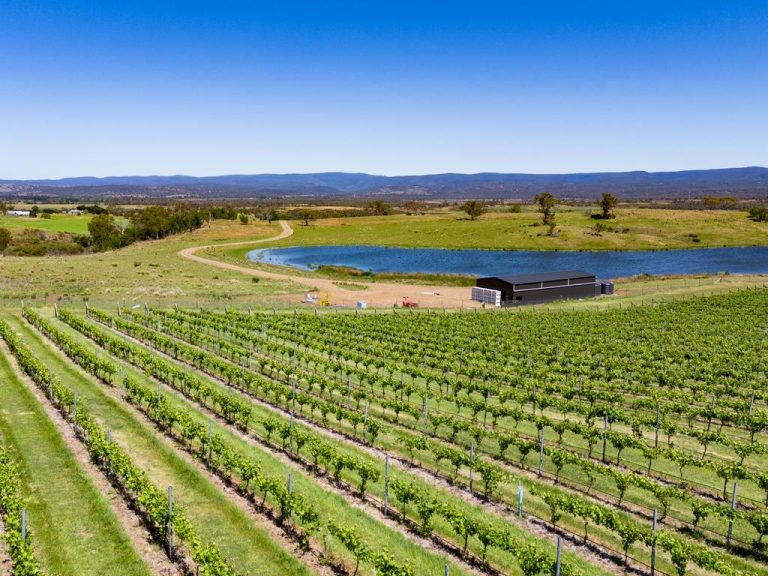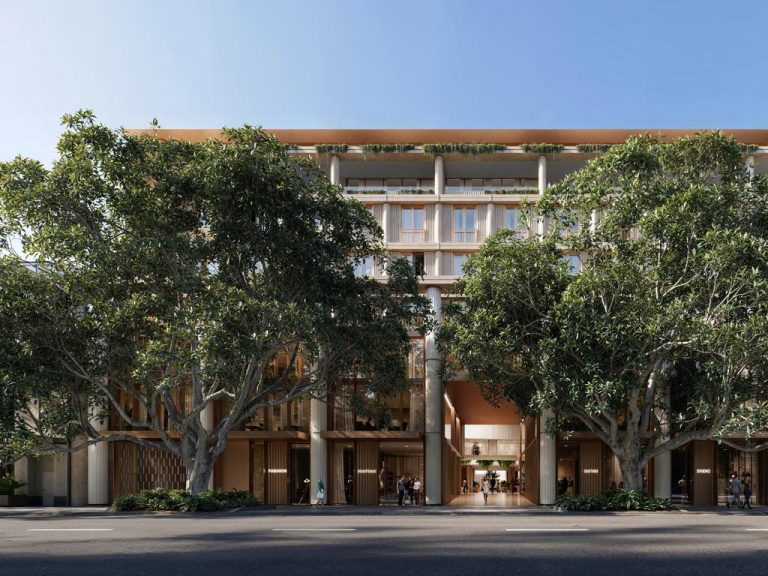What’s luring investors into industrial property?

Investors lured by attractive yields are buying into Australia’s industrial property market at record levels, according to a new report.
The CBRE report shows investment in the industrial sector jumped 22% to $3.1 billion last year – with $1.5 billion of that in the December quarter – and the highest level of investment in six years.
The CBRE Australian Industrial MarketView report for Q4 2013 says 2013 was tough for the industrial market, with “rents flat to marginally negative” in all states.
But it plays down the impact of car manufacturing closures, saying transport, logistics and storage are the engine room of the sector.
“Despite direct and indirect job losses, our assessment of the impact on demand for industrial space is minimal over the long term,” the report says.
It says the motor vehicle and parts manufacturing sector produces $20 billion worth of output a year, down slightly from $21 billion a decade ago.
But it says the transport and storage sector grew from output worth $28 billion a decade ago to $54 billion today.
CBRE Pacific Regional Director, Industrial & Logistics Services, Matt Haddon says the car industry closures won’t stop the industrial sector performing.
“The top end of Australia’s industrial market is very much logistics focused and with few of the major institutional owners weighted towards the manufacturing sector, the impact will be far less severe than speculated in some quarters,” Mr Haddon says.
CBRE Associate Director, Research, Claire Cupitt says investors are being drawn by industrial sector yields that are more attractive than those for other assets.
The report shows Grade A warehouse industrial yields at an indicative rate of 8.3% and Grade B warehouse yields at 9.60%.
“Industrial yields have been supported by growth amongst logistics and distribution related assets, which are typically perceived as lower risk by investors,” she says.
“The higher yields on offer in the industrial sector, compared to assets in other markets, have captured the interest of investors, particularly so given the positive outlook for rental growth in 2014.”
The report shows in the year to December, Grade A warehouse rents were steady at an indicative rate of $103 per sqm, while Grade B warehouse rents lifted 1.7% to an average of $86 per sqm.
Melbourne had the biggest jump in capital values, with Grade A assets up 4% for the year. Perth came in next, with capital growth at 3.1%.
JLL figures show industrial property worth $771 million changed hands in the last quarter of 2013.
JLL NSW Managing Director Michael Fenton says the sales spike was due to a high level of investors in the market.
“The limited number of available assets to market has elevated competition between bidders, resulting in significant price increases and yield compression,” he says.
“Syndicators and private investors are expected to continue to avidly pursue Australia’s prime Industrial stock while interest rates remain low.”







